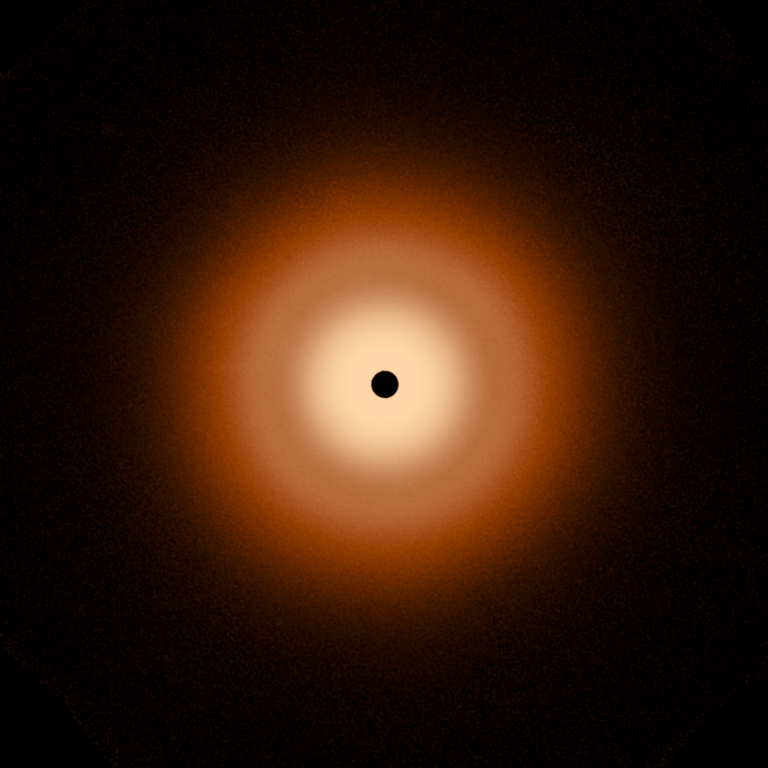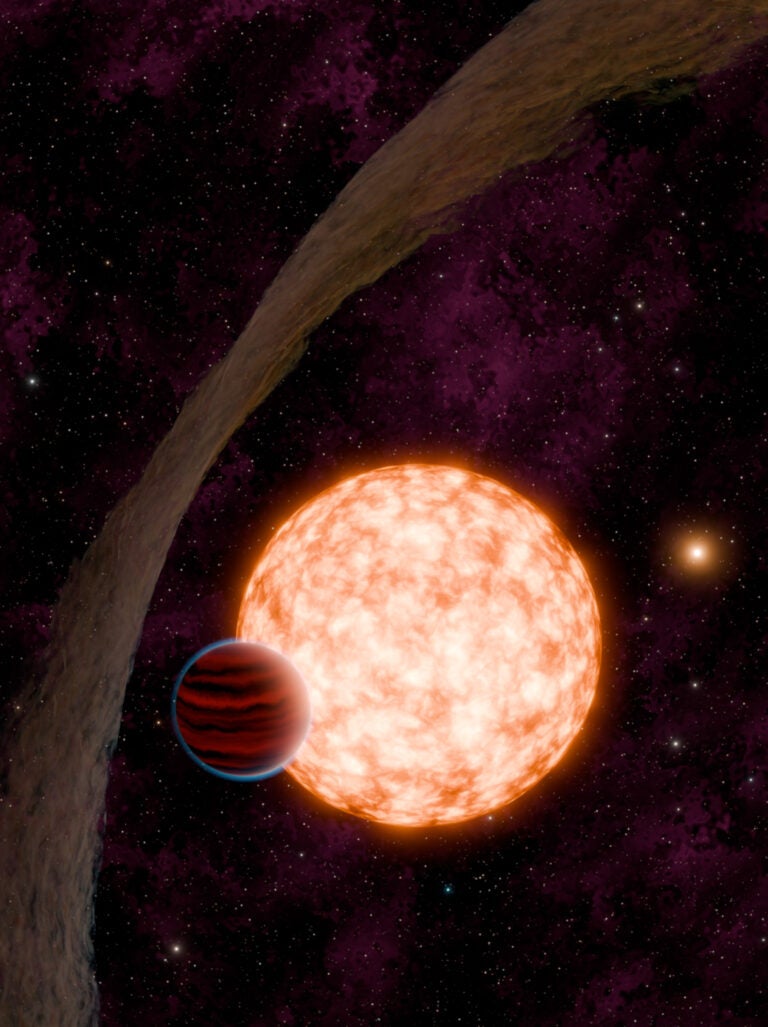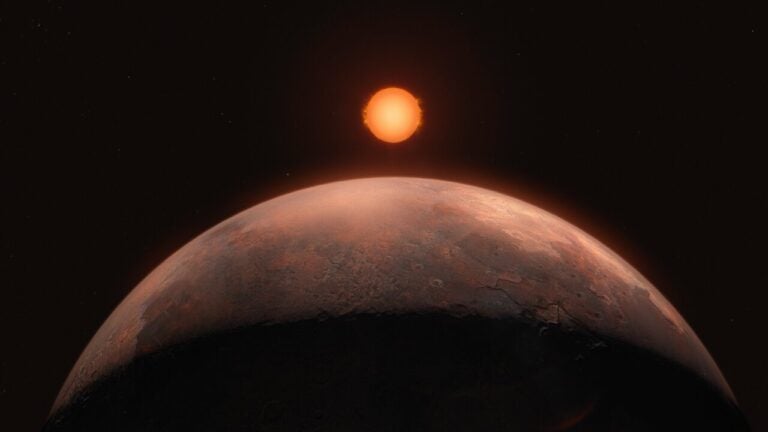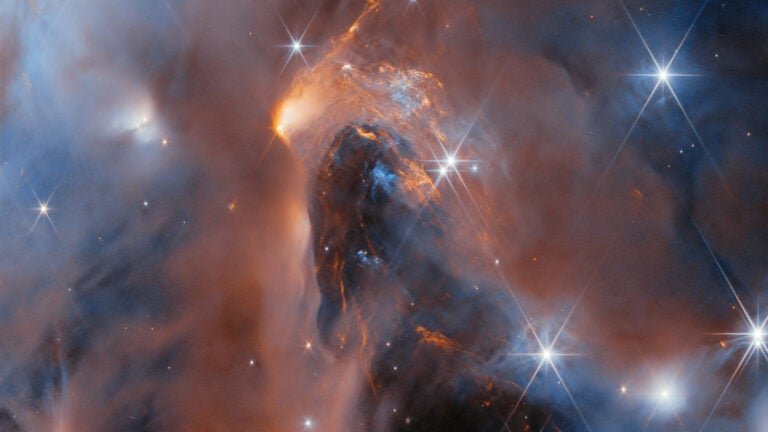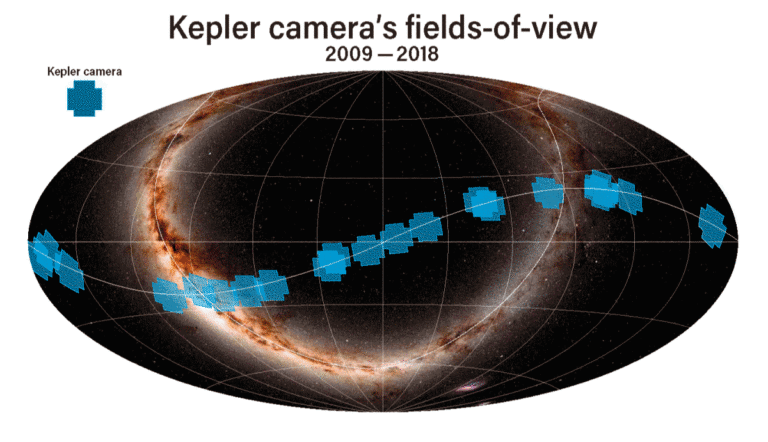Three other techniques have turned up a handful of planets to date. In the transit method, astronomers look for a slight, periodic dimming in a star’s light, which indicates an orbiting planet passing in front of the star and blocking a small percentage of its light. In the microlensing method, astronomers monitor stars in the Milky Way’s halo or in neighboring galaxies. They look for a brightening caused by gravitational lensing as a planet passes between us and the distant star. Finally, three planets have turned up in precise measurements of the radio pulses emanating from pulsar PSR 1257+12. In the coming years and decades, these and other methods will continue to push the frontier until, one day, scientists presumably will find worlds much like Earth.
Get to know the exoplanets
Astronomers have found more than 140 planets circling stars other than the Sun. Here's the scoop on all the known planets as of October 2004.
Astronomers continue to find planets orbiting other stars. More than 140 have been confirmed so far, with the vast majority orbiting stars fairly similar to the Sun. (That’s largely a selection effect, however — the searches have looked mainly at stars with properties similar to the Sun.) In the table below, each known exoplanet is listed in order of increasing period of revolution around its parent star. The three new exoplanets discussed in “Lucifer’s planets” are shown in red. All have periods of less than 10 days, and all rank among the least-massive planets yet found outside our solar system.
So far, more than 90 percent of the planets discovered outside our solar system have been found by the radial-velocity technique. In this method, astronomers observe light from a star and search for periodic variations in its motion toward and away from Earth. Such variations reflect the subtle pull of an orbiting planet. By careful study over a long period of time, scientists even can deduce the presence of multiple planets around a single star.






